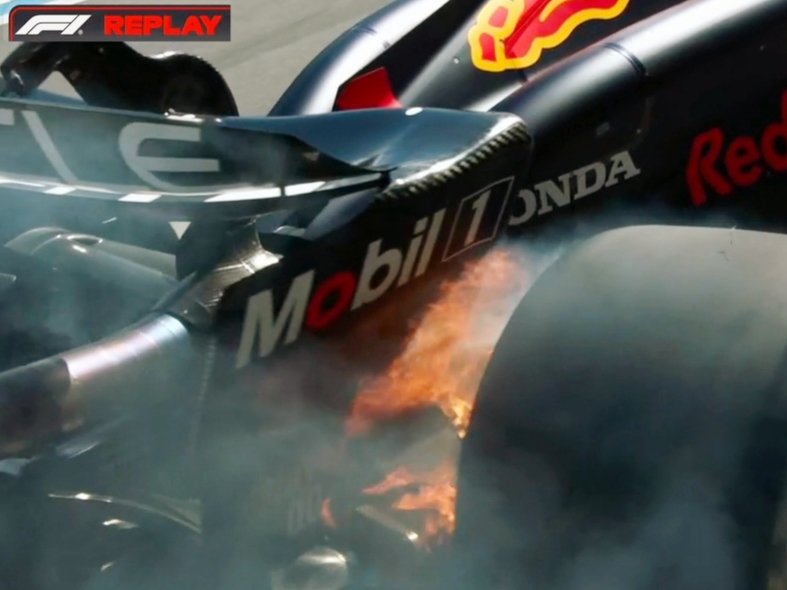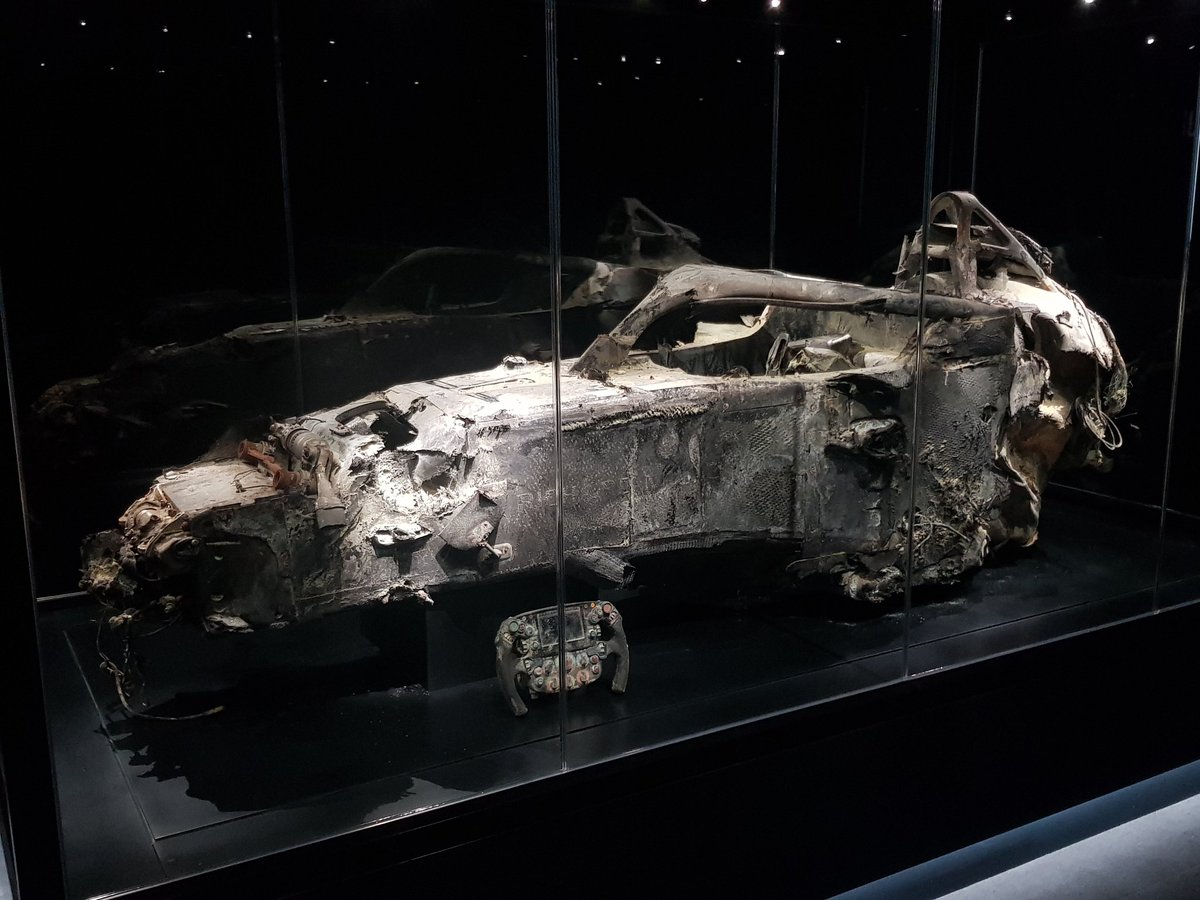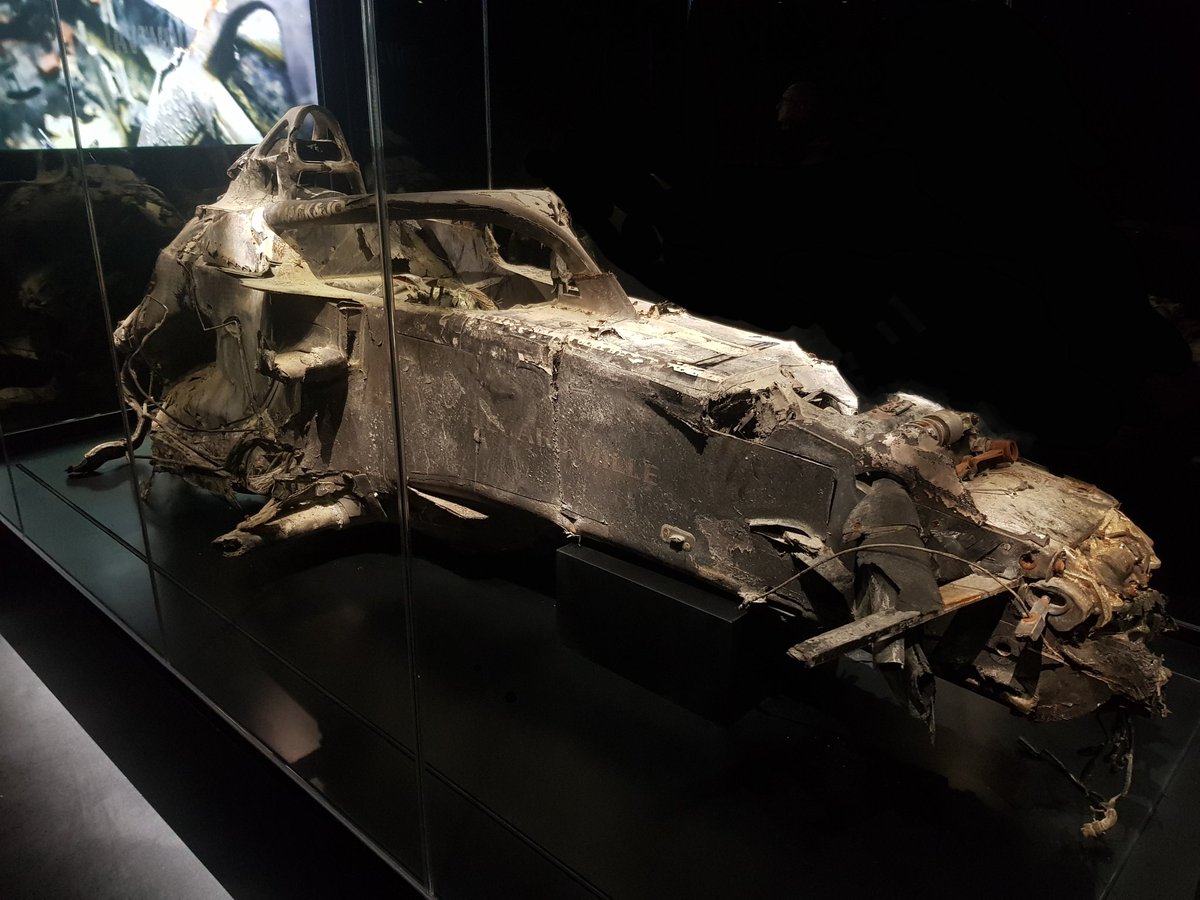Brake duct bodywork will change a lot in #F12022. New rules prescribe and control what can be done around brakes and wheels.
#F1
#F1

Up until last year teams used the brake duct bodywork to do more just cool the brakes. Air was blown thru the hub out of the wheel for an outwash effect. At the rear fins helped create upwash. Heat from the brakes was directed at or away from wheels to manage tyre temperatures. 







In 2022 the brake duct bodywork is more controlled. Its broken up into several sections, the drum that fills the wheel, a scoop to feed air in and out of the brakes and deflectors to manage external airflows 

The drum and deflectors are prescribed in their design, teams can make minimal changes to their basic shape.
The front has a large deflector, this both cleans up the tyre wake and it prevents inwash when in turbulence

The front has a large deflector, this both cleans up the tyre wake and it prevents inwash when in turbulence


Teams are given volume in which to fit a scoop and rear lip.
The front its limited to just a scoop for cooling.
The rear has an allowance for upwashing fins.
Remember all brake cooling air must go in and out of the scoop. None out through the wheel. Also blown hubs are banned

The front its limited to just a scoop for cooling.
The rear has an allowance for upwashing fins.
Remember all brake cooling air must go in and out of the scoop. None out through the wheel. Also blown hubs are banned


Brake heat management into the wheel for tyre warming might continue, but is more limited.
As the material, construction and inner ducting of the ducts is free.
Heat from the disc inside the drum could still be directed towards or away from the wheel with careful detail design.
As the material, construction and inner ducting of the ducts is free.
Heat from the disc inside the drum could still be directed towards or away from the wheel with careful detail design.

Teams will play a LOT with this.
Scoops will be smaller and the fronts will get airflow in from inside and side the defector (see McLaren) .
Brake dust could get deposited on the bodywork from the exits & would be a sign of bad aero as it should be thrown clear of the bodywork



Scoops will be smaller and the fronts will get airflow in from inside and side the defector (see McLaren) .
Brake dust could get deposited on the bodywork from the exits & would be a sign of bad aero as it should be thrown clear of the bodywork




For those newer to F1, in the days before blown front hubs and even with squishy sidewall 13" tyres. Most teams ran scoopless brake ducts.
Using a small inlet behind the deflector, this reduced drag.
They gave no cooling problems compared to scoop fed designs.

Using a small inlet behind the deflector, this reduced drag.
They gave no cooling problems compared to scoop fed designs.


• • •
Missing some Tweet in this thread? You can try to
force a refresh







































